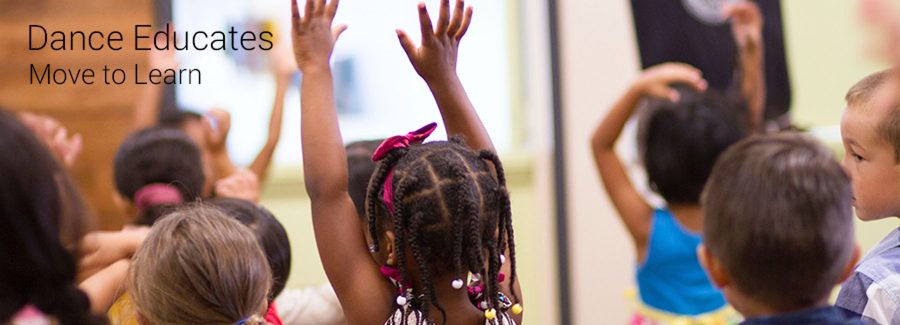What is Cross-Curricular Learning?
We discuss how combining subjects can make learning engaging, inspiring and support teaching in the classroom.
A cross-curricular method of teaching subjects is not a new concept. It comes in and out of educational fashion but never really goes away as it is a fantastic way of delivering a curriculum that children might find hard to engage with.
So how do you cross over subjects? Which ones do you choose? Dance, drama, art and music – the Arts. These are wonderful subjects to use as a platform to deliver other subjects such as maths, literacy, science, history and geography.
Some children find the more traditional subjects on the curriculum harder to access so by combining them, delivering one subject through another the curriculum becomes more accessible to children with different learning preferences.
Dance Educates focuses on dance based lessons with two learning outcomes: 1) dance objectives 2) other subject objectives. This depends on who we are working with and what subject they would like to focus on.
Schools vary in regards to what subject they would like to work with depending on their planning at that time of the year, the requirements of the children who maybe finding one particular area of the curriculum challenging or just like the idea of doing dance with a specific topic they might be working on.
Which subjects work best?
Geography has been a popular choice as this can be a very static subject when taught in the classroom and is much more engaging using movement to deliver the learning objectives. We begin by breaking down a subject to focus on specific objectives rather than teaching the whole of the geography curriculum in one dance lesson!
Let’s look at maps.
We have used this specific example several times with Key Stage 2 and it has worked very well. To begin we looked at the vocabulary:
“Coordinates, symbols, directions, compass (north, south, east, west), journey, travelling, atlas, map, globe” (Department for Education England, National Curriculum 2016)
Breaking down the subject further we decided to develop the idea of symbols on a map. What do they represent? Why are they pictures and not words? This already becomes interesting as symbols are a non-verbal form of communication as it dance and can be understood by everyone.
We then asked the children to look at some symbols we had created and learn the actions that represented each one:

We then took away the words and mixed up the symbols to create a new language:

Next we asked the children to design their own symbols and create a movement that represented each symbol and put them in an order to create a short phrase.
This task was then extended in several ways:
- By swapping symbols with other children in the class and creating new phrases
- Two children working together combining their symbols and making new phrases with both sets of movements
- Bigger groups of four working together with their symbols and developing their movement phrases
This could easily be half a terms worth of work from one simple idea from the geography curriculum. This children remembered how symbols worked and what they meant in relation to maps, this is a great example of embodied learning. Other links could be Egyptian Hieroglyphics in history.
Examples of cross-curricular work:
Science
- The water cycle
- Magnets and springs
- Rocks and soils
- Materials
Geography
- India
- Rivers
- Continents
- Equator
History
- The Romans
- The Greeks
- The Celts
- World War Two
Literacy
- Traction Man (Mini Grey)
- The Princess and the White Bear King (by Tanya Robyn Batt)
- Giraffes Can’t Dance (by Giles Andreae)
Maths
- Fractions
- Asymmetry and symmetry
We have used all of the above subjects for a cross-curricular, embodied learning approach when delivering the curriculum.
Interestingly by supporting the teachers and their classroom work the children’s retention of key vocabulary became much better according to the teachers we have worked with. This shows that by ‘doing’ as well as talking and listening about the subject information can be learnt and retained and standards can be raised.
